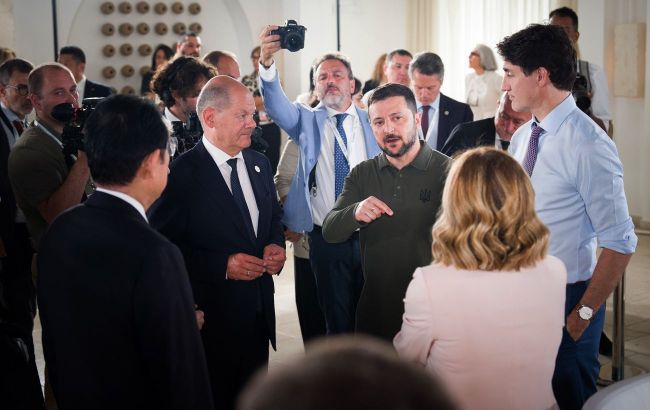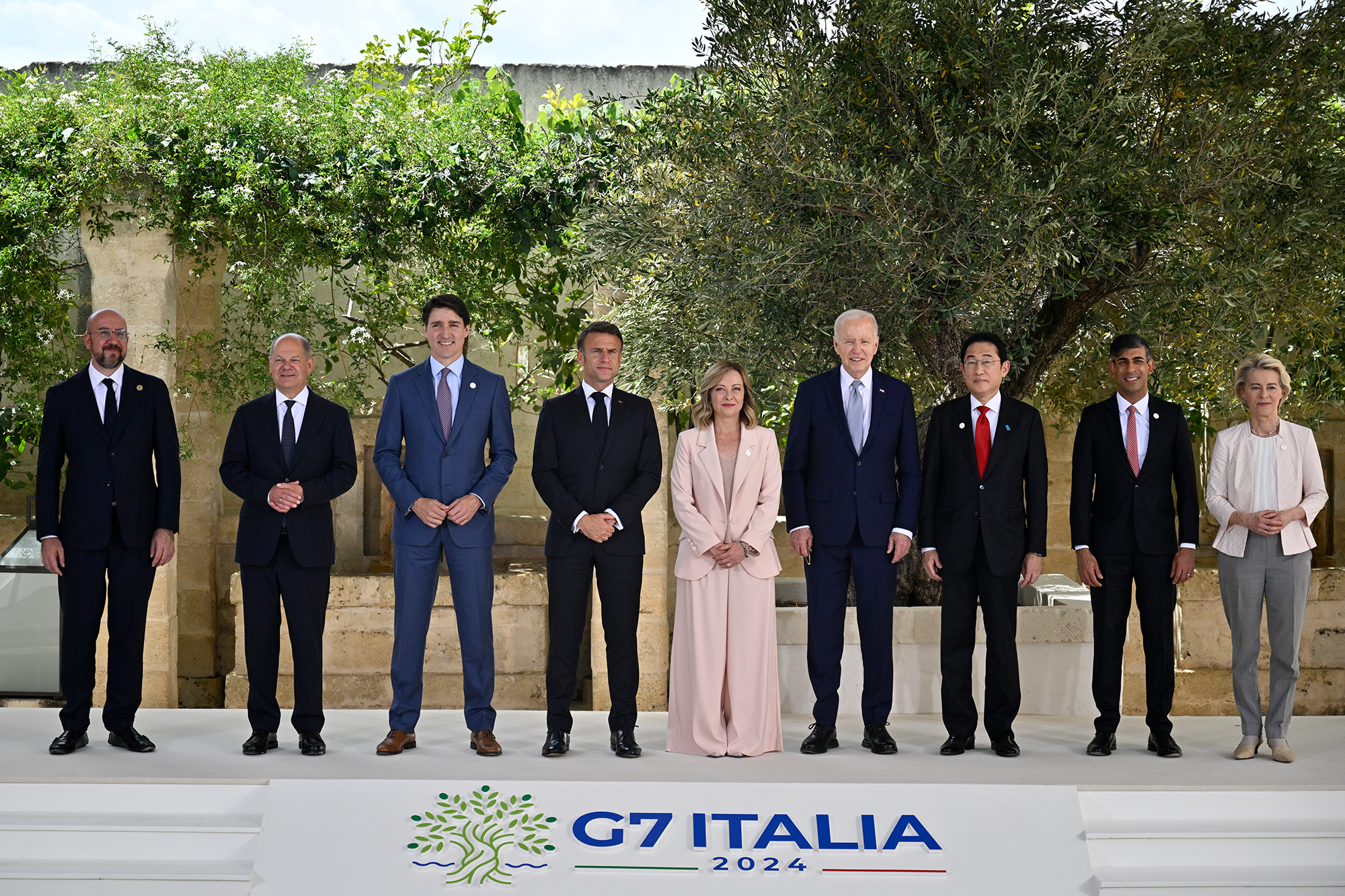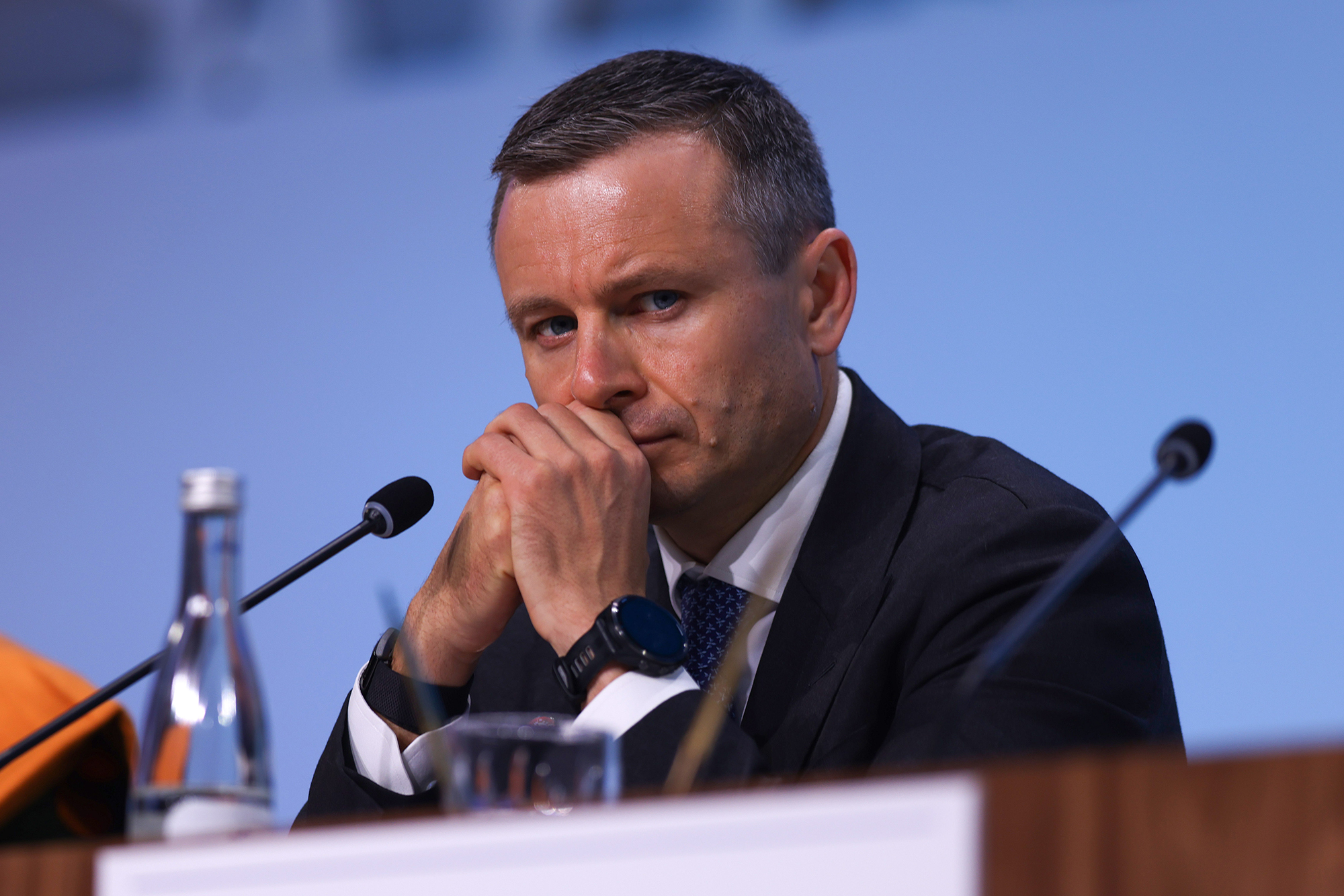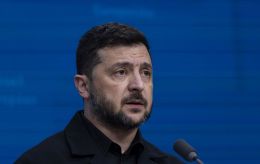$50 billion loan to Ukraine at Russia's expense: Timing and conditions
 G7 leaders decide to lend $50 billion to Ukraine (photo: Getty Images)
G7 leaders decide to lend $50 billion to Ukraine (photo: Getty Images)
The political decision to provide Ukraine with a $50 billion loan secured by frozen Russian assets G7 leaders made on June 13. However, the details of this new Extraordinary Revenue Acceleration Loans program are still unknown. Apart from the fact that the flow of funds may start in 2025 and they will be used for military needs and the country's reconstruction.
Contents
- Unexpected G7 decision
- Timeline for Ukraine to get access to the money
- Benefits and risks of a new loan package
On June 13, the leaders of the Group of Seven (G7), gathering at a summit in Italy, confirmed their intention to provide Ukraine with loans totaling about $50 billion secured by proceeds from seized Russian assets.
"In the presence of President Zelenskyy, we decided to make available approximately USD 50 billion leveraging the extraordinary revenues of the immobilized Russian sovereign assets, sending an unmistakable signal to President Putin," the summit communiqué said.
RBC-Ukraine has already reported that the total amount of frozen assets could be up to $370 billion. But so far, as the US president said, it is about $280 billion, although sometimes the amount is stated to be about $300 billion. The exact amount of funds is not officially disclosed, as it is a bank secret. Russian assets are frozen in the EU and 8 other countries.
They are placed in banks in securities. After the expiration of these securities, the assets are transferred to the bank owner, and interest begins to accrue on them. The decision includes using this interest as bail for a loan for several years in advance, called the Extraordinary Revenue Acceleration (ERA).
Previously, the period for forming collateral was planned to be 10 years, starting in 2024. It is not yet known how long the final agreements of the G7 leaders will be. If the pledge is formed from revenues starting in 2024, it is unclear what will happen to revenues for 2022-2023, which is more than $5 billion. If they are not taken into account, they will hang in banks and it will be almost impossible for Ukraine to get them back.
The G7 decision is purely political, and it will take some time to formalize it legally. So there is no loan agreement as such yet. However, it is already known that the funds can be used for military purposes and the restoration of Ukraine.
Unexpected G7 decision
No one gave any guarantees of a decision at this G7 summit until the very last moment. The day before, the Western media reported diametrically opposite final results.
Bloomberg reported that the decision had allegedly been agreed upon and would be adopted with a high probability. Politico published information that there was almost no chance of an agreement, and the issue could be postponed to the next summit. Allegedly, the US and the EU have not found a consensus on the key issue of the duration of the asset freeze sanctions.
Currently, the EU has to confirm these sanctions every six months, while the US insists they need to be extended until the end of the war. The EU, for its part, disagreed that it was the one bearing the main risks of the loan and that American companies would in fact use the money to rebuild.
It is hard to say what arguments the US and the EU used to reach a compromise. But the EU eventually agreed with Washington's arguments to extend the sanctions until the war is over. “We confirm that, consistent with all applicable laws and our respective legal systems, Russia’s sovereign assets in our jurisdictions will remain immobilized until Russia ends its aggression and pays for the damage it has caused to Ukraine,” the communiqué reads.

G7 and EU leaders (photo: Getty Images)
Italian Prime Minister Giorgia Meloni confirmed that there were no guarantees of a positive decision at the summit until almost the last moment. “This is an unexpected result, of which I am particularly proud,” she said, commenting on the results of the G7 meeting.
Ukraine's Finance Minister Sergii Marchenko called the G7 decision a diplomatic and historic victory. “The decision was quite complicated and until recently we were not sure that we would get the consent of all the countries involved in this process,” he said.
Timeline for Ukraine to get access to the money
So far, there is no information on the details of the upcoming loan. The communiqué only says that it will be serviced and repaid from the proceeds of Russian assets held in the European Union and other relevant jurisdictions of the member states. But to receive the money, Ukraine needs to get approval from these jurisdictions to use it.
Ukraine will only get real access to credit funds in 2025, according to RBC-Ukraine sources in the government. The communiqué says that only the credit mechanism will be prepared by the end of this year.
Sergii Marchenko, who has so far refused to comment in detail on this topic to RBC-Ukraine, also speaks of next year in his short public statements.
“The decision is important, it gives us a chance to exhale because 2025 (budget expenditures - ed.) looked uncertain without this decision,” the minister said.
The Ministry of Finance is currently preparing a draft state budget for next year, which needs to be submitted to the Parliament by September 15. Marchenko plans to allocate this credit resource to priority areas, primarily the security and defense sectors.
One of the conditions of the Ukrainian side was to decide on its own what to spend the money on. Marchenko hopes that it will be taken into account. "This money should be used for any purposes and expenses that Ukraine needs. They heard us, and I hope that the technical solution we are discussing now will implement this,” he said.

Ukrainian Finance Minister Sergii Marchenko (photo: Getty Images)
Ukraine, which was involved in the preparation process, also had two other conditions: receiving the money this year and without any conditions.
So far, we can assume that one of them has not been met - there will be no money in 2024. But this should not worsen the financial situation, as all agreements have already been reached with the main donors - the IMF, the EU, and the US - to finance the current year's expenditures.
It is not yet known whether the second condition - lending without obligations - will be met. Neither the G7 nor Ukraine has commented on this point.
There is also no information yet on how the loan will be disbursed - by a single tranche or in parts. It is still unknown when the depositary's consent to disburse the funds can be obtained, with whom and how loan agreements will be signed, how the funds will be allocated for specific purposes, what share will go to military needs, what share will go to reconstruction, and what share will go to budgetary and humanitarian expenses.
Benefits and risks of a new loan package
In any case, the decision to lend money, even at the political level, is a positive signal, said Vitaliy Vavryshchuk, Head of the Macroeconomic Research Department at ICU Group.
According to him, the new loan package guarantees that for at least the next three years, Ukraine will be able to increase its financial support package annually to $30 billion, taking into account the IMF, Ukraine Facility, the United States, and other partners.
"This provides more clarity and certainty, so one cannot overestimate the importance of this package. We will have the resources to cover the planned deficit and there will be no budget crisis,” Vavryshchuk told RBC-Ukraine.
However, he sees the risks of the new loan, as G7 members, such as the US, Canada, and Japan, having joined the group of creditors, may reduce or even stop financial support at the bilateral level.
"This package means that expectations of any other bilateral loans from G7 members will be lower. There is a risk that if there is a new administration in the US, their support will be reduced. Japan, which is planning to provide $4 billion this year, may stop next year,” Vavryshchuk said.
It is difficult to predict whether such risks will be justified or not. But the G7 communiqué says it will continue to provide comprehensive support to Ukraine to the extent needed. So, support at the bilateral level may continue, if, of course, there is an urgent need.
Another point remains unclear after the G7 decision. In May, the European Commission approved funding for Ukraine through interest on frozen assets. It stipulates that Ukraine will be able to receive up to 3 billion euros annually from the income of Russian assets located in the European Union.
The funds, according to the EC's decision, will be paid to Ukraine twice a year. 90% of the amount was planned to be used to supply military equipment under the EPF (European Peace Facility), and 10% to the EU budget for long-term support of Ukraine. The first tranche of 1.5 billion euros was announced for July. But now that these revenues will become bail for the loan, their payment is impossible.
RBC-Ukraine did not receive official comments on this from either the OP or the Ministry of Finance. Vavryshchuk believes that this decision of the EC is unlikely to be implemented. "Income from assets cannot be paid out and a loan secured by this income cannot be issued at the same time. Logically, the EC's decision on the payment will not be implemented,” he said.
Back in May, the Ukrainian government called the decision to grant a loan against the income from Russian assets more positive than just the transfer of annual income from Russian assets. So, one can assume that Ukraine may be quite satisfied with the final result.

